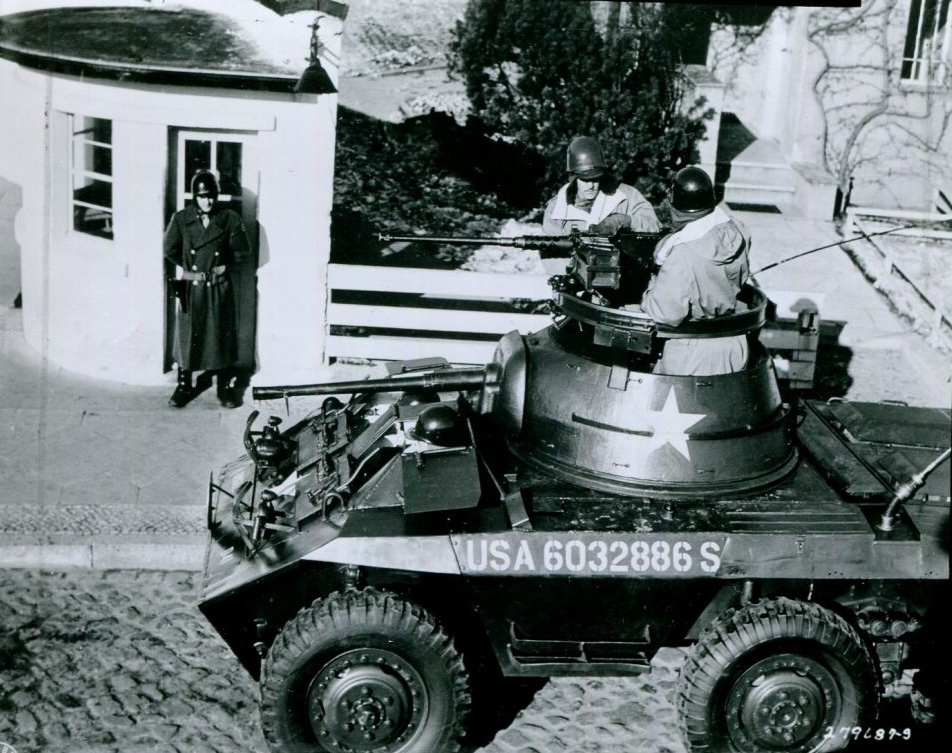
“Rumors of a plot to kill the Polish leader began almost immediately – and continue to this day.”
By Alex Zakrzewski
General Władysław Sikorski is a name that even many World War II enthusiasts may not be familiar with. However, for much of the war, he served as the prime minister of the Polish government-in-exile, which was established in London after the German invasion of Poland in September 1939. A decorated soldier and statesman, Sikorski was Poland’s most prestigious wartime leader and an integral member of the Allied coalition.
On July 4, 1943, Sikorski, his daughter Zofia and several members of his staff, boarded a London-bound B-24 Liberator transport plane in Gibraltar. They were returning from a tour of Polish troops in the Middle East. The visit was, by all accounts, a great success that did much to raise morale, and spirits among Sikorski’s staff were high.
Then disaster struck. Just 16 seconds after takeoff, the plane crashed into the sea, killing everyone on board except the pilot.
At first glance, Sikorski’s death appears a tragic mishap in an era when flying accidents were much more common. A British Court of Inquiry quickly concluded that the crash was a result of controls jamming and dismissed any suggestion of foul play. Nevertheless, rumors of a plot to kill the Polish leader began almost immediately – and continue to this day.

The core of these conspiracy theories revolves around the tense relationship between the Polish government-in-exile and the Soviet Union. In 1939, the Soviets had invaded and annexed the eastern half of Poland as part of the Molotov-Ribbentrop Pact with Nazi Germany. An estimated 1.7 million Poles were deported to the Soviet Union, many dying during the journey. After the German invasion of the Soviet Union in June of 1941, the Poles and Soviets suddenly found themselves uneasy allies.
The Germans’ discovery in early 1943 of over 20,000 murdered Polish officers in the Katyn forest, obvious victims of Stalin’s secret police, worsened relations considerably. Sikorski called for a Red Cross investigation, to which Stalin responded by severing relations. It was an ugly riff the alliance – already strained by Stalin’s demands for a second front in the west – could not afford.
But if Sikorski was murdered, who was responsible? For many conspiracy theorists, Stalin is the most likely suspect.
Sikorski was well-liked and respected by the other Allied leaders, including British Prime Minister Winston Churchill and American President Franklin Roosevelt. Stalin knew Sikorski would never agree to Moscow’s post-war designs on Poland and would be a thorn in the Soviet side as talks among the “Big Three” turned to redrawing the map of Europe. Removing Sikorski robbed the Polish government-in-exile of a popular and influential leader at a critical time.
Adding weight to the theory of a Soviet conspiracy are two suspicious – and some say linked – coincidences: the presence of Soviet Ambassador to the United Kingdom, Ivan Maisky, in Gibraltar the day of the crash, and the fact that the head of British Intelligence in the Iberian Peninsula was the notorious Soviet double agent, Kim Philby.
Security on the airfield at the time of the crash was found to be suspiciously lax as both Sikorski’s and Maisky’s planes sat waiting for takeoff. Was this planned or just an oversight? Questions have also been raised about the movements of the Soviet aircraft’s crew just before the crash.

The surprising lack of security has also led some to suggest involvement by British intelligence. The theory posits that Churchill was eager to be rid of the strong-willed Sikorski, whose growing hostility towards the Soviets was jeopardizing British interests. Accordingly, the PM either conspired in, or at very least turned a blind eye to, a Soviet plot.
Proponents of this theory note that there were two previous incidents in which Sikorski was almost killed while flying in British territory: one involving an act of sabotage in Scotland and another involving a bomb in Canada.
Finally, there is a theory that Sikorski was killed by a rival faction inside Poland’s government-in-exile led by the popular General Władysław Anders, with whom he had met in North Africa. Ironically, Anders and other Polish hardliners felt that Sikorski was too conciliatory towards the Soviets and feared he might make costly territorial concessions. In 1947, a Polish general serving in the Communist regime revealed that he had been approached by Anders during the war to participate in Sikorski’s assassination.
Feeding all these theories are several other strange details. The Czech pilot and only survivor, Eduard Prchal, was known for never wearing a life jacket. Yet, on that day, he was pulled from the water wearing one. Was he expecting something to go wrong?

There are further theories that Sikorski and his staff were killed before the plane even hit the water, either by strangulation, poisoning or stabbing. Several bodies were also never recovered, fueling stories of kidnapping and even dubious sightings of Sikorski’s daughter in the Soviet Union after the war.
In 1993, Sikorski’s remains were returned to Poland, and in 2008, the Polish Institute of National Remembrance conducted an official inquiry that included an autopsy. The inquiry concluded that his injuries were consistent with a plane crash – though it did not rule out the possibility of sabotage.
The answer may lie in British documents regarding the incident, but these remain classified until 2050. Russian and Spanish documents are also closed to researchers, meaning it might be some time still before the case is conclusively solved.
Alexander Zakrzewski is a Toronto-based freelance writer with a passion for military history. Follow him @AlexZed85 or reach out to him on LinkedIn. He loves sharing ideas with fellow military history enthusiasts.









